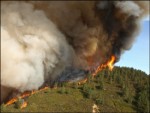
Sunday, March 2nd, 2008
Santa Barbara, Calif. has a long history of fires—from the destructive blazes that were sparked by the great 1906 San Francisco earthquake to more recent wildfires in heavily populated San Diego, San Bernardino, and Los Angeles counties. In 2007, the state endured one of its most damaging forest fires in history: the Zaca fire.

Monday, February 25th, 2008
Zero Carbon House is a project to deliver a low energy house. It is located on the Shetland Islands in northern UK. The project has been gaining much attention and much support. Plans have been developed to include solar and wind generation and a unique horticultural area as well. Vector1Media asked Michael Rea, the owner
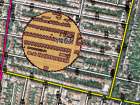
Saturday, January 26th, 2008
Implementing new software can be like a leap in the dark. You have to have faith that the team will pick it up quickly or else productivity will dip. But, let’s face it, nobody is ever very enthusiastic about learning something new when they are under pressure. You might be prescient enough to see what
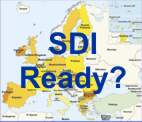
Saturday, January 12th, 2008
The term Spatial Data Infrastructure (SDI) is described in Nebert’s SDI Cookbook as “the relevant base collection of technologies, policies and institutional arrangements that facilitate the availability of and access to spatial data.” These infrastructures provide a basis for the evaluation and application of spatial data for users and providers across all sectors, including
Sunday, December 2nd, 2007
Synthetic Aperture Radar (SAR) data is providing valuable information about land use and the environment. With the arrival of new spacreborne and airborne platforms these applications are predicted to expand and grow. New processing software and techniques for SAR data are providing valuable information about weather related events, volcanic activity, seismic and subsidence activity as
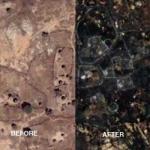
Monday, November 12th, 2007
Amnesty International recently launched Eyes on Darfur, an innovative and powerful website utilizing photographs and high-resolution satellite imagery to communicate the crisis in the Darfur region of Sudan. The satellite images track human rights violations before and after reported attacks, highlighting changes in homes and vegetation in villages throughout the region. While the images only

Sunday, November 11th, 2007
The Tempus program stands for “changes in higher education through people to people cooperation”. The program funds cooperation projects in the areas of curriculum development and innovation, teacher training, university management, and structural reforms in higher education. It also facilitates mutual learning between regions and peoples and understanding between cultures by putting special emphasis on
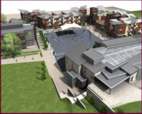
Friday, October 19th, 2007
Advances in technology today are enabling new companies to participant in areas that were previously only reserved for large companies. Labour shortages are also compounding issues, particularly for civil engineering companies, who are facing growing problems in maintaining skilled staff, particularly those who know how to operate and apply the latest software tools. The result

Monday, October 8th, 2007
For the past 10 years, many GIS users throughout the Oregon State GIS community have utilized imagery datasets for their mapping needs. For statewide imagery coverage of any reasonable resolution this has required the arduous task of moving the data set via CD/DVD, portable hard disks as well as through the use of FTP sites.